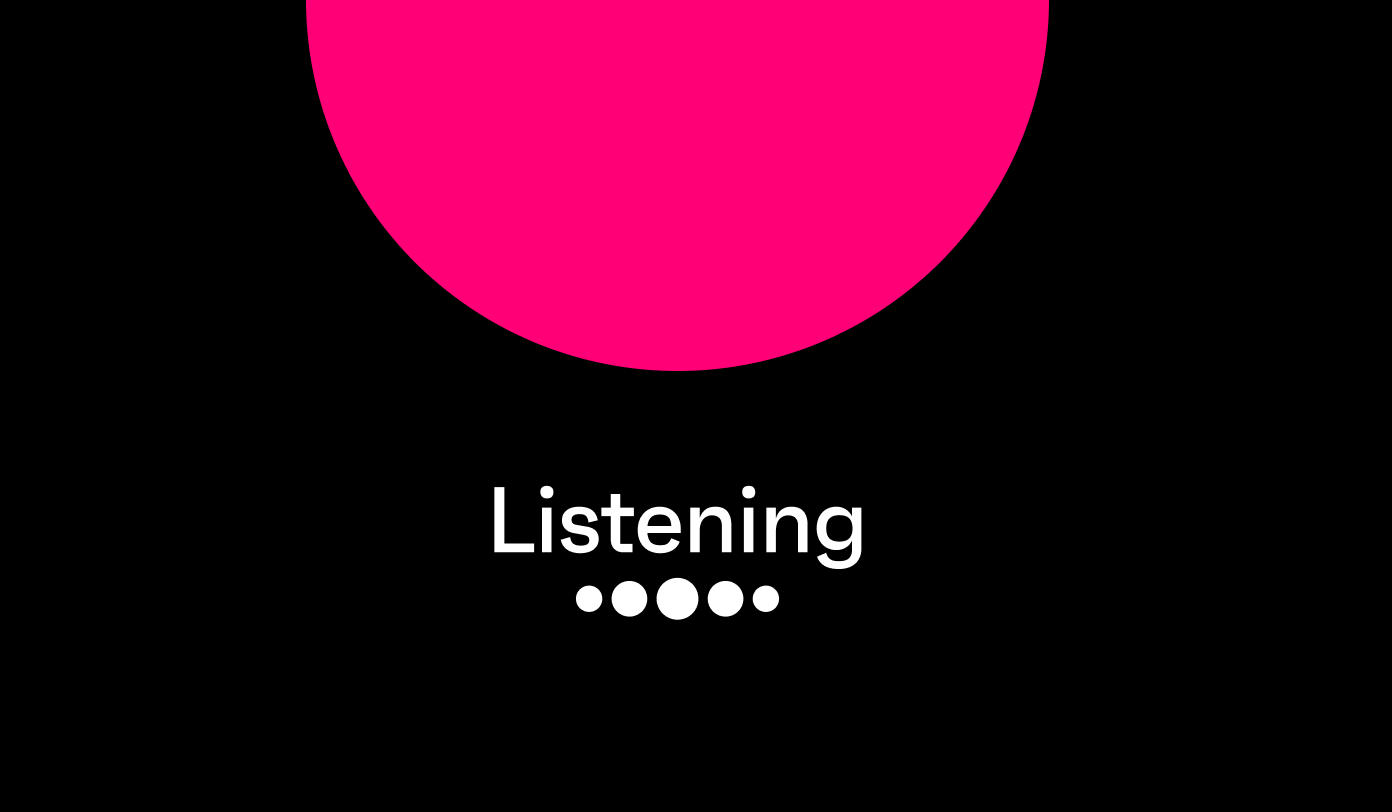Aside from the obvious digitalization of the travel industry and the switch to online booking, we’re seeing some big developments shake up how the travel business engage and transact with their customers.
Social media, AI and chatbots are just some of the things having an impact, and brands and marketers need to take note to stay ahead of the game.
Capitalize on user-generated content.
Recommendations have always had a huge impact in travel, but whereas before they were passed along in person, today they’re also all over social – and they have the potential to affect travel decisions at every stage.
Our data shows that over 40% of those who plan to buy a holiday in the next six months research brands/products on social media.
A similar proportion also say that reviews/recommendations from other consumers affect their likelihood of buying something.
The good news for brands is that there’s a great deal of user-generated content to capitalize on. Most vacationers are willing to post holiday snaps and share their experiences across social – whether that’s saying how much they enjoyed an excursion, or complaining about flight delays on Twitter.
Especially on the more inspirational social networks like Instagram and Pinterest, a great deal of users like to show off their holidays – platforms that are often the go-to for those seeking inspiration for their next holiday destination.
Norwegian Cruise Lines is one brand that has recognized the potential of user-generated content with its branded hashtag #cruiselikeanorweigan, which cruisers have used nearly 30,000 times on Instagram.
Improve customer service.
But beyond the inspirational images and storytelling, there should be no forgetting the importance of customer service – especially given that 3 in 10 Vacationers would promote a brand online if they thought its customer service was great.
Social is now a key touchpoint for those looking to contact brands, and consumers are increasingly looking for more centralized ways to do so. The savviest travel brands are progressively seizing the potential of chatbots on social to get closer to their customers and answer their questions instantly.
Expedia and KLM were among the first travel brands to experiment with a Facebook Messenger bot last year, but some brands are taking this beyond simple customer service. SnapTravel, for instance, allows users to message their basic travel information to their Messenger bot, which will then respond with various hotel options.
In less than a year, SnapTravel has seen $1 million worth of hotel bookings as a result of its bot development.
Shorten the path to purchase.
While many travel brands are yet to offer the ability to pay for flights and hotels directly on social platforms, it’s easy to see how chatbots could seriously change this. And some travel brands are opting for other inventive ways to shorten the path to purchase.
Hillside Beach Club in Turkey, for instance, now allows potential guests to request a booking through Instagram by posting a comment with a ‘summer emoji’ on one of its images – with staff then contacting the user to complete the booking. Offering the ability to buy directly through social media is also a definite consideration for brands:
Our data shows that Vacation Buyers are more likely than average to value ‘buy’ buttons.
This combination of social, AI and bots is changing the rules for the travel industry. AI, in particular, has some big potential for travel brands. Its ability to predict the best ad spaces, help travel companies create highly-tailored offers, and its potential to make chatbots even smarter is set to revolutionize travel marketing as we know it. And should chatbots move more into the transactional space, it’s not hard to see how social media itself could soon become a full-service marketing solution.






.webp?width=495&height=317&name=pink_thumb_graphs%20(1).webp)
.webp?width=495&height=317&name=pink_thumb_letter%20(2).webp)
